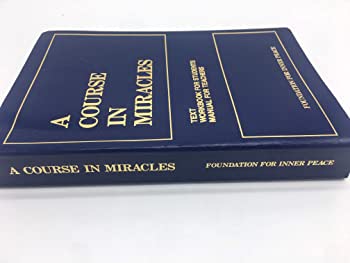You may have a great topic for your a course in miracles, and great content, but for a podcast to be its best, you should come up with a specific format for your show and, for the most part, stick to it. There are many things that make up the format of a podcast. The two that I’ll cover in this article are the parts, or segments that make up a podcast, and the style you decide upon.
Segments: If you listen to a radio show you’ll often hear news at the top of the hour, then sports, then weather, back into music for a several minutes, then a commercial break, a listener’s phone call, back into music, etc. All of those parts combine to make up the show. And while podcasting gives you the freedom to do whatever you want, whenever you want, most people are more comfortable when they have an idea of what’s going on — in this case, I’m talking about your listeners.
Familiarity allows your listeners to not think about the format and just go with the content. And while you don’t have to lock yourself into something really precise, it’s a good idea to map out how your show will generally flow. Every week I create a podcast using those segments. One big advantage for me, the podcast creator, is that I don’t have to come up with something new each time — I already have the format, all I have to do is fill in the blanks with the new content.
Some people don’t like the idea of a static format for a podcast — they feel it conflicts with the idea of a podcast being “by the people, for the people.” But a podcast can still be personal while being formatted — and if you take a look at the top podcasts, almost all of them use a fairly steady format. The other type of podcast format you need to decide upon is the style you’ll use. For example, you could be very casual, or strictly business-like. Or somewhere in between.
Unless you know your audience extremely well, I’d suggest against sounding like you’re all business. That’s not to say you can’t use a podcast for business — you can! It just means that a podcast, like any other method of communication with your prospects or customers, can be used to build relationships. Being more personable will go a long way towards building that relationship.
You’ll also need to decide whether to fly solo or podcast with a partner. When you’re podcasting by yourself it’s much easier to make decisions — you don’t have to bounce ideas of anyone first. You can also record your podcast when it’s most convenient for you – no juggling schedules with someone else. However, it’s usually much easier to create many episodes of a podcast when there are at least two people. And many listeners think a team approach is less boring than a monologue can be.
The decisions on how to format your podcast are, of course, up to you. The good news is that there are no wrong answers. Ultimately it’s your podcast and you can make it the way you want — and if you want to try different formats to see which feel best, you can do that, too. Just don’t let the decisions hold you back — it’s better to get started and do some tweaking as you go than to never get your podcast launched because you’re overwhelmed with decisions.
